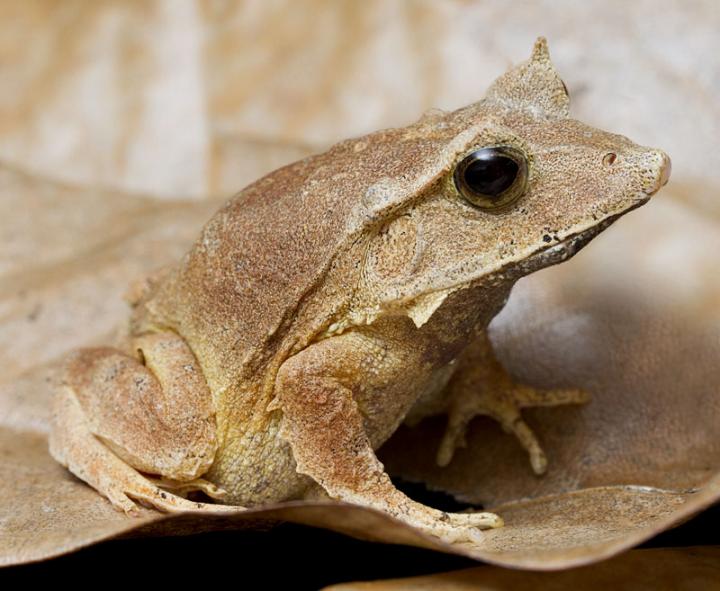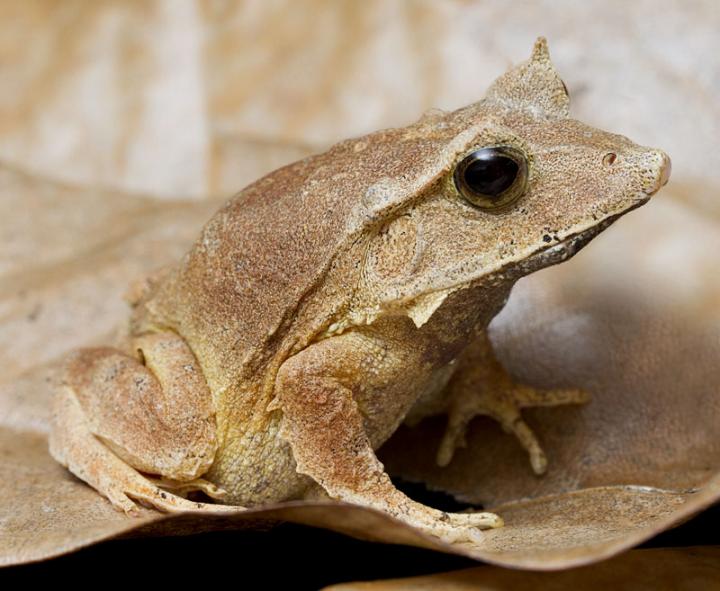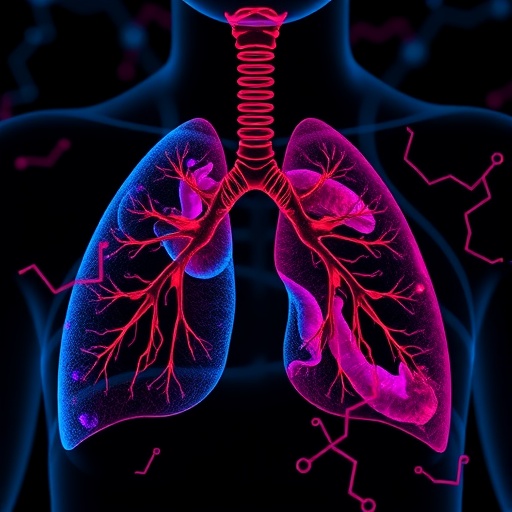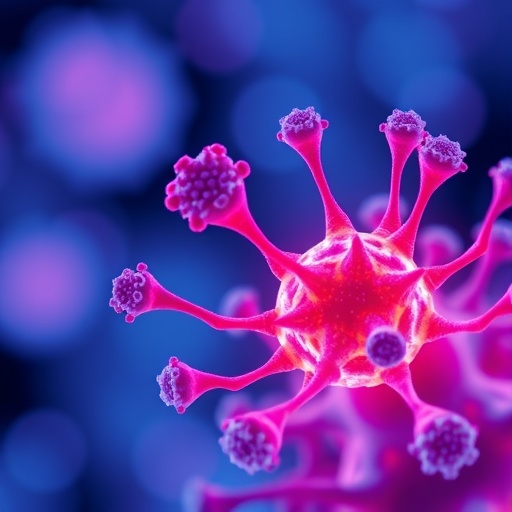
Credit: Digital Life/David McIntyre
AMHERST, Mass. – The Digital Life team at the University of Massachusetts Amherst led by evolutionary biologist Duncan Irschick today unveiled an online set of 15 three-dimensional (3D) models of live frogs, including several endangered species, to promote conservation, education and science by showcasing their extraordinary beauty and vulnerability to ecological threats.
"Frogs of the World" represents the first-ever use of 3D technology to preserve accurate, high-resolution models of some of the most endangered frog species on the planet, say Irschick and members of the interdisciplinary Digital Life team.
Many of the 3D models released today were created with a new photogrammetry rig created by UMass Amherst undergraduate Trevor Mayhan called the "Beastcam MACRO," customized for small live animals. It is part of the broader Beastcam technology platform designed for rapidly capturing high-resolution, full-color 3D models of living organisms, Irschick explains. The Digital Life team is using this technology to create accurate, high-resolution models of all life on earth.
Tatjana Dzambazova of the 3D design and software firm Autodesk, Inc. and a member of the Digital Life advisory committee, says the 3D models already captured – of frogs, sharks, scorpions, toads, lizards, flowers and invertebrates — can be useful as educational tools in virtual reality or in other computer software, and can be 3D printed to educate children about animal diversity. Also, models can benefit scientists because they represent true-to-life digital replicas of live organisms, enabling a range of new scientific inquiries.
"Imagine a comprehensive, true-to-life 3D library of all the existing species in the world available online to anyone. With technology developed by Digital Life and accessible tools such as Autodesk ReMake, technology today can help us understand and appreciate the natural world around us in a new way," she adds.
Digital Life's new online 3D frog images include some of the rarest frogs on earth, such as the Panamanian golden frog, Atelopus zeteki, as well as more common species such as the horned frog Ceratophrys. They were scanned in the field in the Philippines by researchers from the University of Oklahoma, as well as at Zoo Atlanta, the Amphibian Foundation and at UMass Amherst. Their photogrammetric process integrates 2D digital photos into 3D models using software such as ReMake.
Digital Life director Irschick explains that he and his team hope that making 3D models of living animals will promote conservation, science and research, and public awareness, not only for endangered species but for more common ones that are crucial to ecosystems around the world. "In a race against time, I believe that Digital Life has taken a large step forward in preserving the heritage of these frogs," says photographer Christine Shepard, a member of the Digital Life team.
Mark Mandica, executive director of the Amphibian Foundation, a partner on the Frogs of the World project, says the models will provide needed support for the worldwide effort to conserve frog species. The amphibians represent a good test case for the Digital Life's project, he adds. "Aside from frogs facing global population declines, they represent some of the greatest biodiversity the earth has to offer. Frogs are virtually limitless in color and pattern variation, as well as shapes and sizes," he notes.
Joseph Mendelson, director of research at Zoo Atlanta, points out that approximately 38 percent of all amphibians face significant threats from development, climate change or the chytrid fungus. Cameron Siler at the University of Oklahoma adds, "In addition to their conservation value, these models show the promise of using 3D technology to digitally preserve specimens for biodiversity and museum-based research."
###
The Digital Life team plans to continue to create 3D models of a range of frog species, both in the field and through zoos and collectors. Beastcam MACRO construction was funded in part by the Center for Evolutionary Materials at UMass Amherst.
More: www.digitallife3d.org
Media Contact
Janet Lathrop
[email protected]
413-545-0444
@umassscience
http://www.umass.edu
############
Story Source: Materials provided by Scienmag





